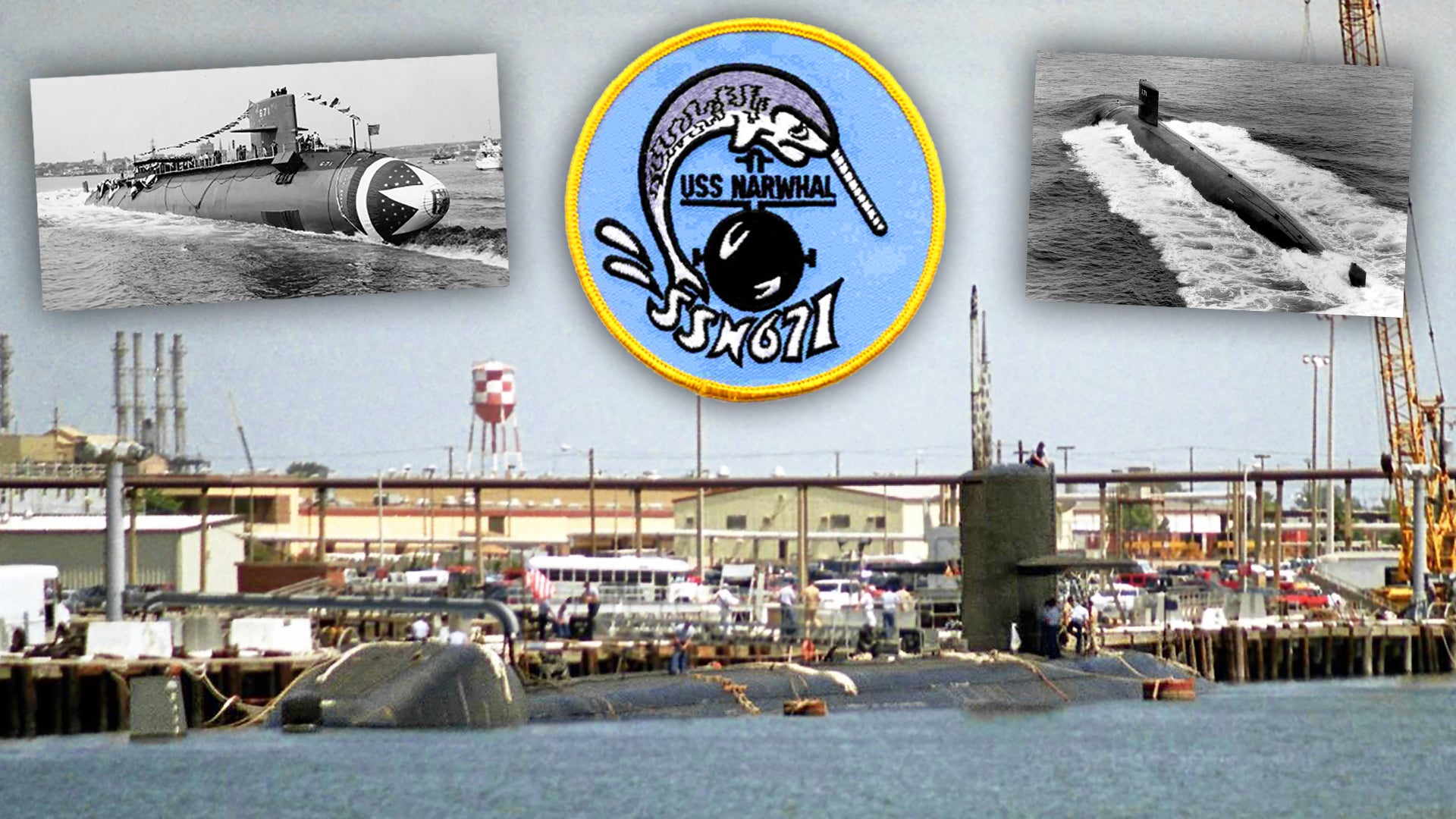The USS Narwhal, also known by its hull number SSN-671, was a totally unique and experimental nuclear-powered attack submarine and one of the most successful boats of her era. Her unique design made her the quietest attack submarine in the U.S. fleet in the 1970s and she was routinely deployed far and wide to watch Soviet submarines in the Atlantic and around Soviet-supported satellite states in the Mediterranean Sea. In this piece, we will dive deeply into what made her quieter than any other operational nuclear submarine of her era and how the game-changing technology she pioneered was implemented in future United States submarine projects.
In the first half of the 1960s, the U.S. Navy challenged the Electric Boat Division of the General Dynamics Corporation with constructing an operational prototype submarine using elements of the Sturgeon class hull design. It was to be quiet, fast, and lethal, while still leveraging existing technology and construction methods.
To understand what made SSN-671 so special, we must understand what makes nuclear submarines vulnerable to detection and destruction. Any piece of equipment that moves is a potential noise source for a submarine. The heavier and faster it moves, the more energy is being exchanged, thus the more likely it is to become a detection problem.
Some of that energy can be transmitted as vibration, a cyclical energy sonar systems detect. If the engineers can remove or improve these heavy energy loads, they will be successful in building a quieter nuclear submarine.
Electric Boat identified areas that could be improved. The first was the Main Reactor Coolant pumps. These large, high-heat, high-pressure pumps spin under heavy load and can be the most vulnerable acoustic source of any nuclear-powered vessel.
General Electric designed Narwhal’s unique S5G power plant with the reactor vessel situated low in the submarine’s hull and the steam generators situated above the reactor to facilitate a natural flow of the reactor’s primary coolant. This Pressurized-Water Reactor (PWR) design heated its primary loop in the reactor and convection moved the water into the steam generator near the top of the loop where energy is exchanged into the secondary system. With less energy, the primary coolant flows back down towards the reactor vessel in a return loop.
This simple design relies on physics to move the water rather than a mechanical pump. Natural circulation only occurs under specific circumstances, so reactor coolant pumps were still used, but only when necessary.
When the reactor is critical, but in a low power state, it may not have enough energy to maintain a natural circulation of the primary coolant. This is when the primary coolant pumps are used to maintain coolant circulation to prevent runaway heat generation in the reactor vessel. Conversely, in a high energy state, a mechanical coolant pump is necessary to keep up with the coolant demands. There is a wide region of power between these two conditions that allow the main engines and turbines to run normally without main reactor coolant pumps working at all. This portion of the envelope is where Narwhal would be able to operate with unprecedented stealthiness.
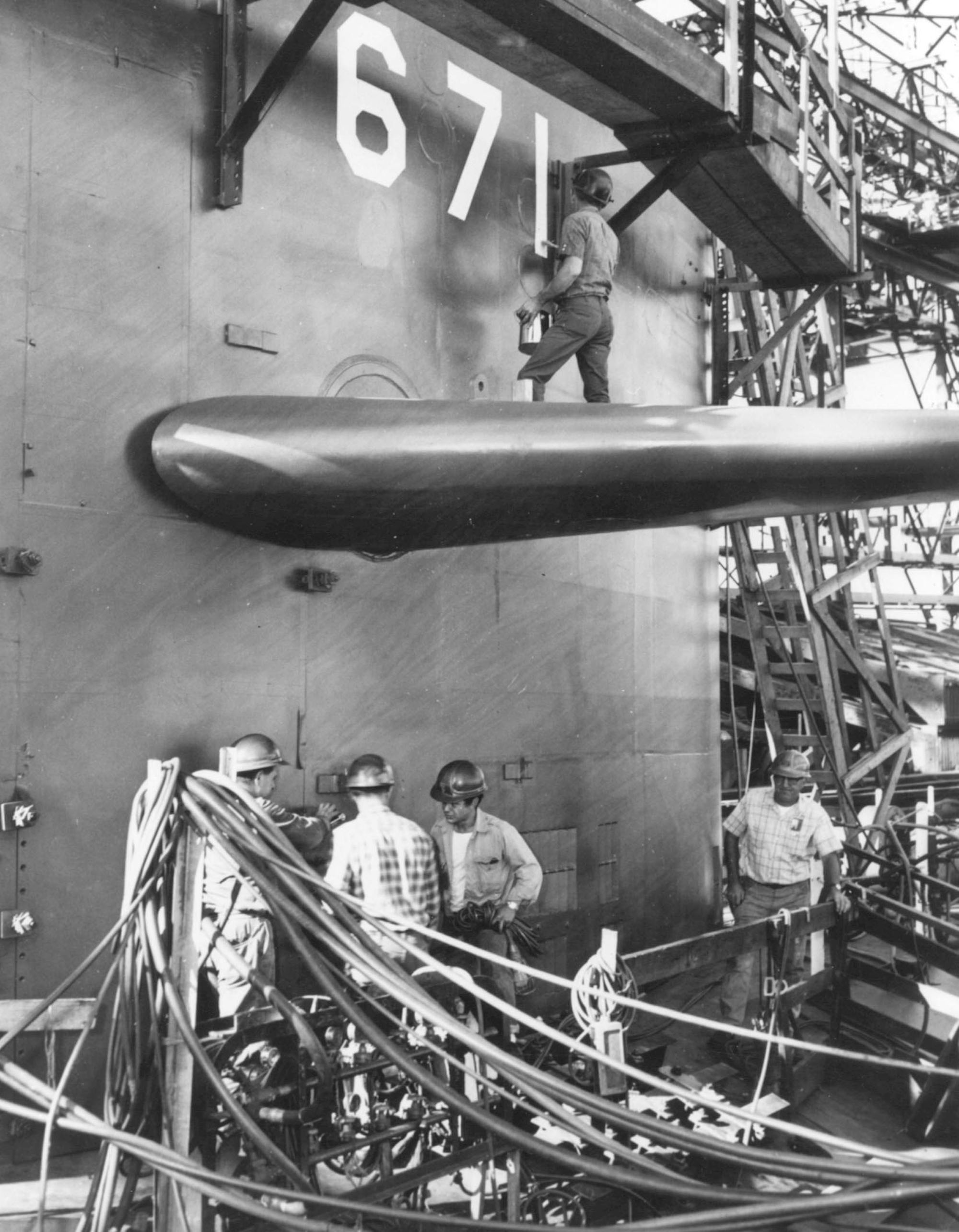
The next challenge was addressing the massive reduction gear system used in nuclear submarines. This mechanical complex of pinions and gears is used to convert high energy, high rotations per minute (RPM) main engine steam turbines’ motion into a high-torque, low RPM shaft rotation. Every metal-on-metal joining in this reduction system is a noise source. Collectively it can be very detectable at most speeds.
Electric Boat removed it from the ship’s plans. They installed a revolutionary, direct-drive main engine turbine that was mechanically linked to the shaft. This system was larger than the original reduction gear design, 12 feet in diameter and 30 feet in length, resulting in a slightly wider submarine than the Sturgeon class, but also a significantly quieter submarine overall.
Electric Boat was determined to remove as many noise sources as possible. They tackled the Main Seawater system next. Two seawater scoops were added to the exterior part of the hull that would force water into the main seawater system as the Narwhal moved forward. During low speed, slow approach operations these scoops moved enough water to cool the engine room loads. The main seawater system could be cross-connected to the axillary water systems effectively supplying all engine room seawater demands without pumps.
With these changes planned, USS Narwhal’s keel was laid on 17 January 1966 at the Electric Boat’s yard in Groton, Connecticut with strictly compartmentalized access measures put in place to safeguard her secrets. A quiet, but proud, Admiral Hyman G. Rickover—the ‘father’ of the nuclear Navy—was present at the launch in September 1967 when Mrs. Glynn R. Donaho christened the submarine into Connecticut’s Thames River. His new cutting-edge S5G reactor was officially heading to pier-side trials.
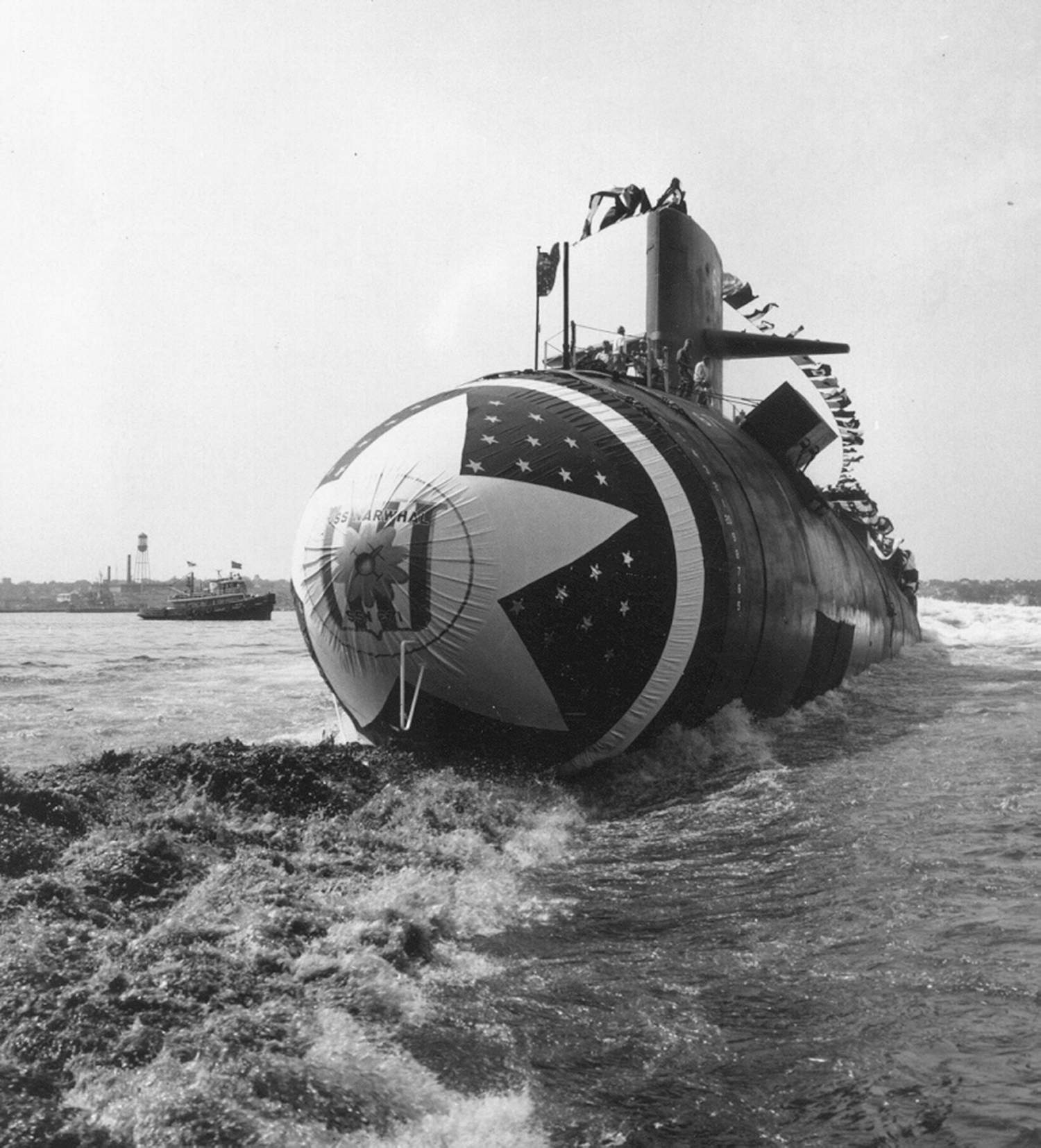
The 5,300-ton displacement, 314-foot long, 38-foot wide submarine finished sea trials in 1969 with little rework needed. The crew of about 140 men successfully passed all technical and operational requirements. The sub performed very well and was amazingly quiet.
Narwhal was assigned to Submarine Detachment Two in New London, Connecticut, and deployed to Holy Loch and Faslane, Scotland in 1970 and 1971. The unique submarine’s deployments took her “around the corner,” a term used when a sub enters the Barents Sea from the Norwegian Sea, where she successfully trailed Soviet submarines. She was awarded Meritorious Unit Commendations for these missions.
The specifics of her operations are still classified, but she had a high operational tempo because of her incredible acoustic advantage. The Navy was maximizing her opportunities to collect as much data on the Soviet’s Northern Fleet as possible. Between 1970 to 1974, she deployed six times and was awarded a Meritorious Unit Commendation, Navy Unit Commendation, and Battle Efficiency “E” award. She was a ‘hot boat’ who deployed often and was rewarded for it with extended shore visits in northern Europe.
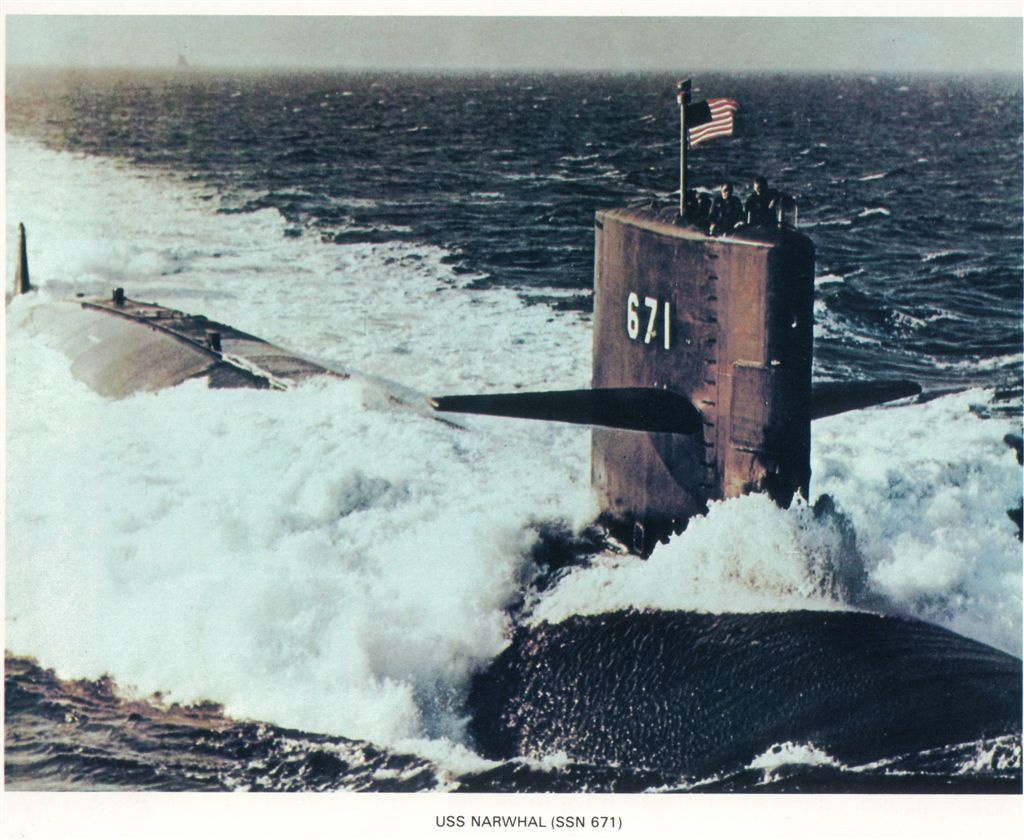
From 1975 to 1979, she deployed to the U.S. Sixth Fleet in the Mediterranean Sea. There she operated with the fleet and independently earned two more Meritorious Unit Commendations, two Battle Efficiency “E” and two Anti-Submarine Warfare Gold “A” awards. The USS Narwhal is one of two remarkably successful submarines during this period for the Navy. The other was the USS Parche, which conducted Operation Ivy Bells in the Pacific, among other highly classified operations.
After a drydock and repair period, SSN-671 was deployed back to the Mediterranean Sea and attached to the Sixth Fleet again. She earned another set of Battle Efficiency “E” and Engineering Red “E” awards between 1982 and ’85. She participated in annual wargames in the Atlantic and wrapped up the 1980s back in the Mediterranean Sea earning another award, the Supply Blue “E”.
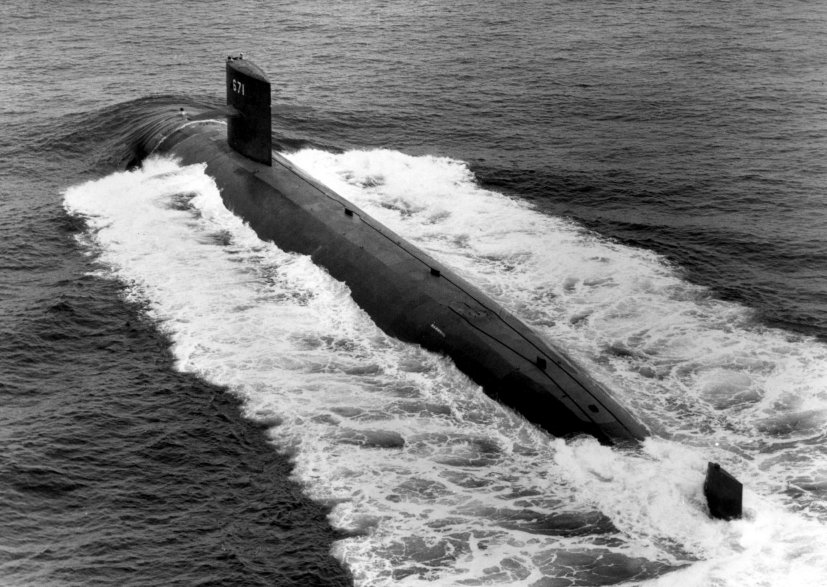
She returned to Charleston Naval Base in South Carolina to prepare for an upcoming overhaul period. With her reactor shutdown and diesel fuel offloaded, the sub was in no condition to go to sea when Hurricane Hugo appeared in the Atlantic. The crew doubled the mooring lines and nine wire cables held the submarine fast to the pier and they prepared to ride out the storm in the watertight, but not a seaworthy vessel.
Hurricane Hugo hit Charleston hard and ripped all but one mooring line free. With the winds pushing the Narwhal out into the river, the captain was faced with two outcomes. Let the storm push the sub down the river and into anything that may be in the way or submerge in the river. He chose to dive and ride out the hurricane on the river bottom with the sail still exposed above the waterline. This was perhaps the most unique underway in submarine history.
The captain was awarded a promotion for his quick decisive action in the most unlikely of circumstances. You can read a detailed accounting of these events in this past War Zone article.
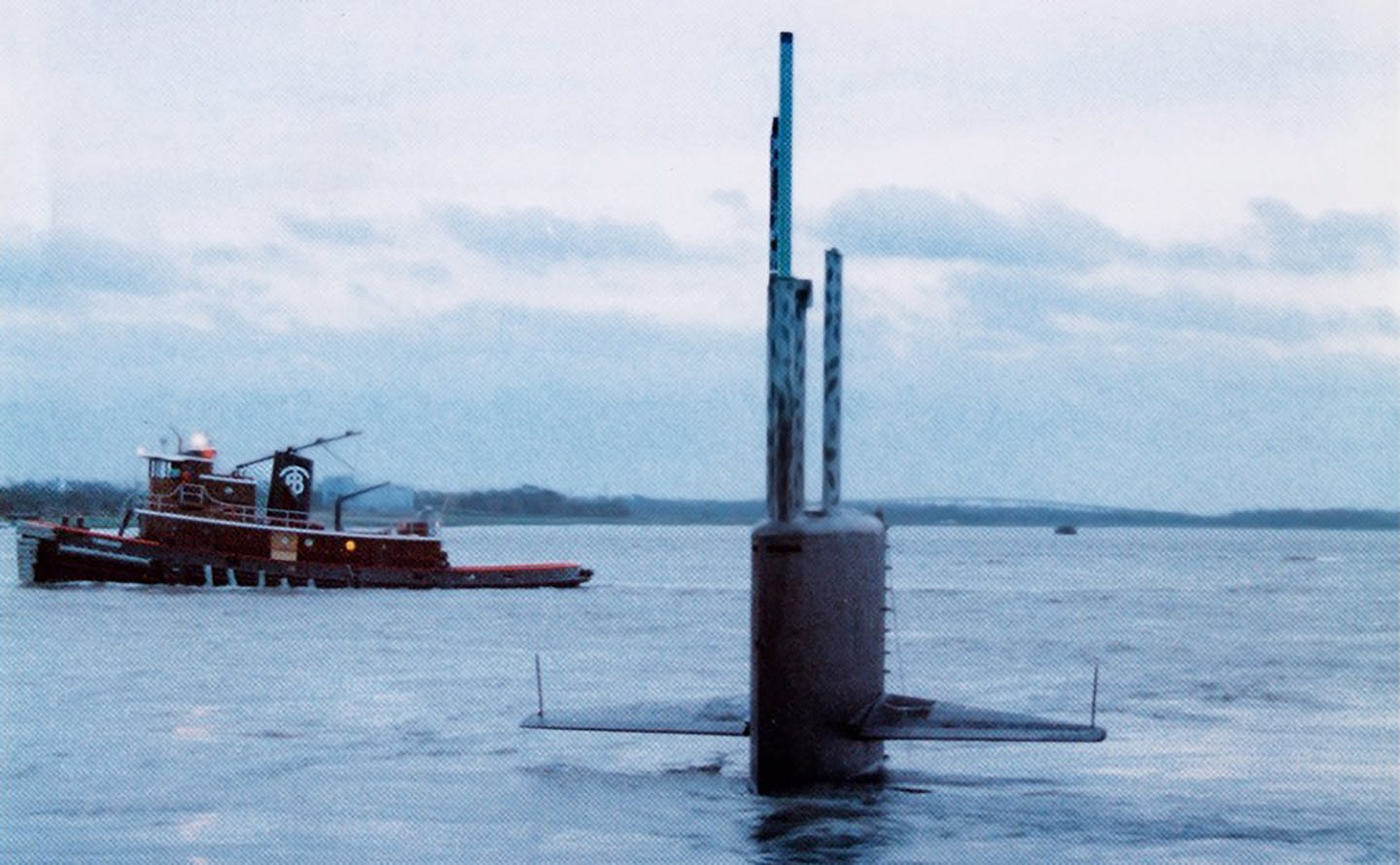
The subsequent 36-month long refuel and overhaul included a sonar upgrade to the AN/BQQ-5D system. This gave the Narwhal the ability to beamform a new thin-line towed array, the TB-23. This new towed array was much longer than the previous TB-16 tactical towed array, allowing much more directivity at low frequency. Low-frequency detection and directivity are important because frequencies below 100 Hz are more difficult to prevent at the source. New and well-maintained submarines may only have low-frequency vulnerabilities. Low frequencies also travel much farther in a water medium because they don’t lose as much energy as higher frequencies.
With this in mind, the TB-23 towed array gave the Narwhal a very long-range detection capability. An obvious modification to the hull became known as the ‘turtleback.’ This was a large expansion of the hull topside just forward of the rudder that was made to house equipment. The Navy never officially released what the modification was for, even after decommissioning. Speculation among media sources suggests it sheltered a remotely operated vehicle or was a lockout chamber similar to the one on the USS Parche. It was probably was added to make room for the thin line towed array handling gear, but that has never been confirmed.
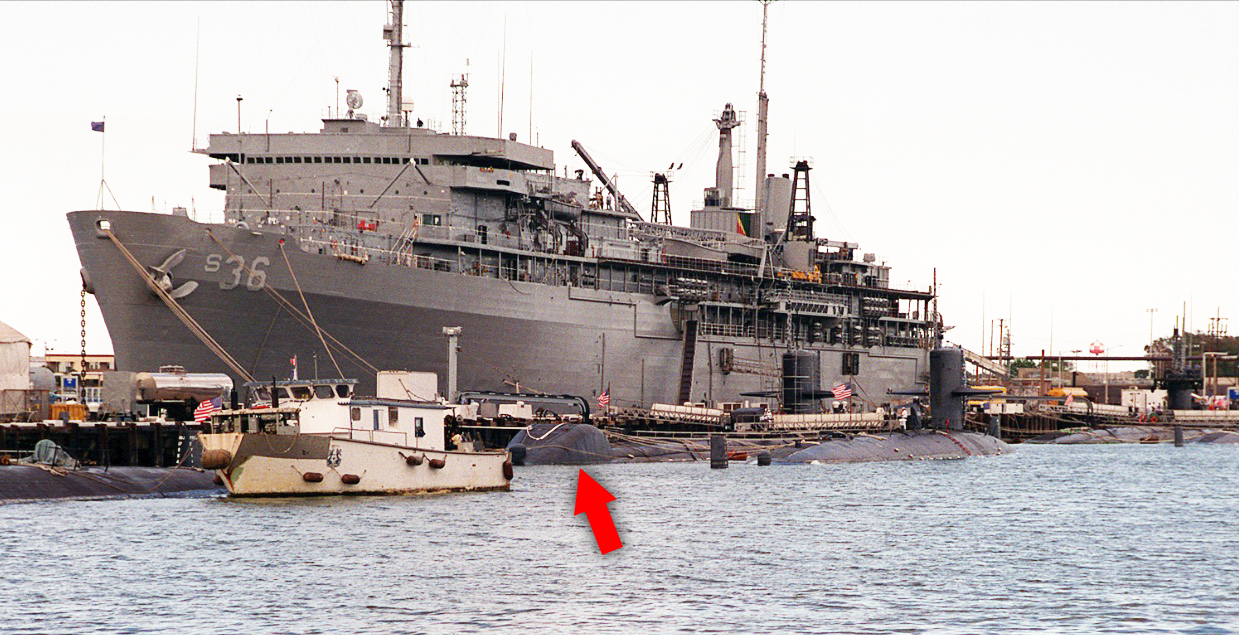
Revitalized, she returned to the Sixth Fleet in 1994. There she conducted some local operations in 1995 before taking a four-month-long journey around South America in 1996. In 1998, she began her 17th deployment, a six-month tour around the Mediterranean. She concluded a very secretive, but highly awarded career conducting operations in the North Atlantic and supporting operations in local operating areas off the east coast of the United States until her decommissioning in 1999.
Decommissioning a submarine only a few years after refuel and overhaul is rare and suggests that something may have happened causing her early exit from operational status. Of course, this was a time of great drawdowns in end-strength after the end of the Cold War. Nuclear surface combatants were also being retired well before their service lives expired. With the submarine threat largely reduced by the collapse of the Soviet Union, keeping the one-off boat operational was likely a cost the Navy no longer thought was necessary. The cost of the service’s next-generation submarine program had ballooned and those boats would be incredibly capable, as well, further making the Narwhal less of a ‘unicorn,’ so to speak.
The Navy incorporated the technology of the natural circulation in the S5G reactors into the newer S8G powerplants. The ability to cross-connect seawater systems became standard on United States submarines, but the scoops were never used again due to SUBSAFE restrictions. The SUBSAFE program was created in the wake of the USS Thresher disaster, which tragically killed everyone on board. Part of the safety program limited the size of any hull penetrations and the scoops exceeded those limitations. The direct drive was a technological marvel and very quiet, but due to its increased size, the cost in manpower, time, and money required to maintain it, it was not used again in future builds.
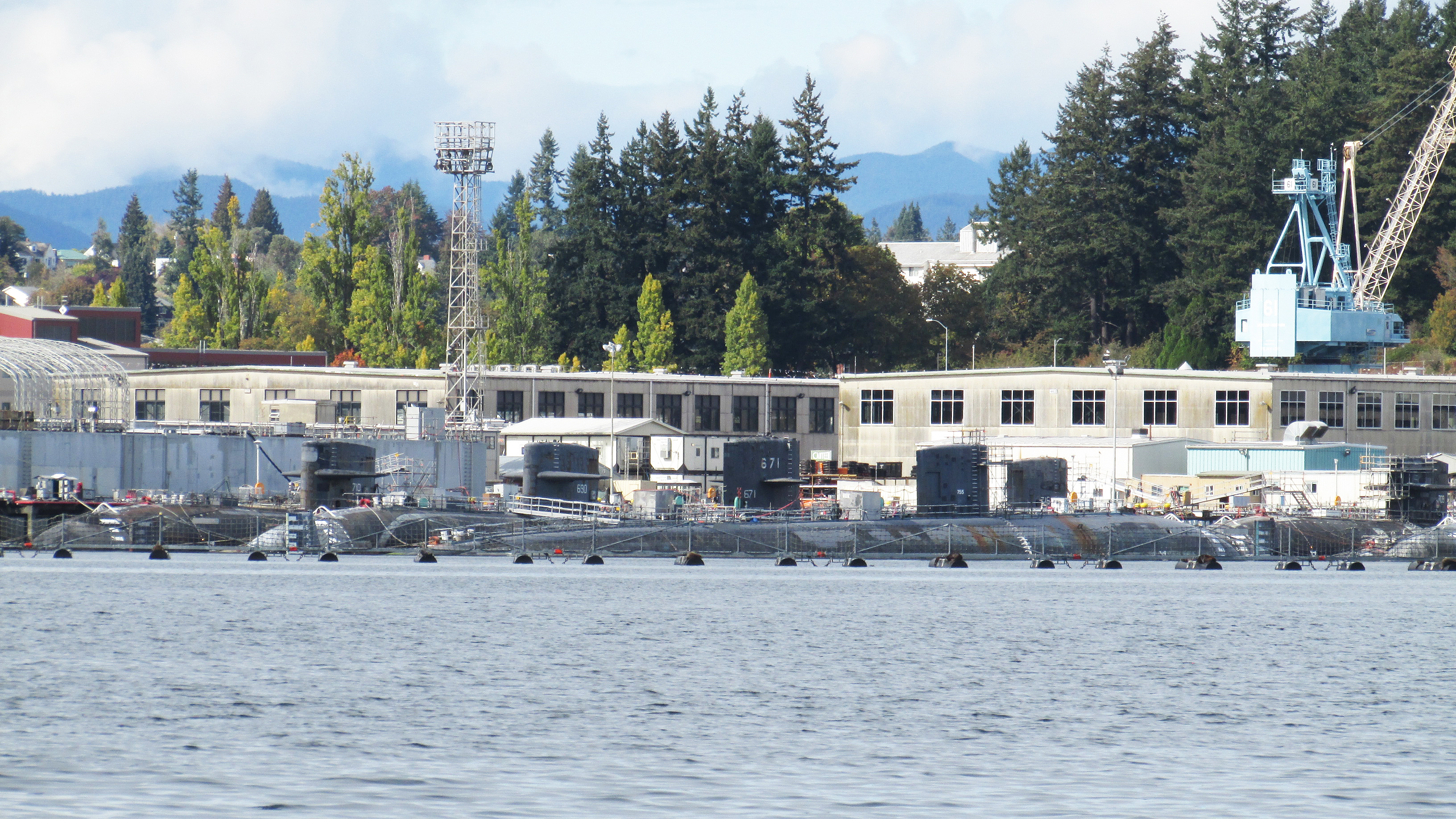
By the 1980s, a new submarine was on the drawing boards at Electric Boat that would become the most capable and quietest submarine the United States ever built, the USS Seawolf, also known as SSN-21.
Even though she has been eclipsed by newer and more capable submarines, Narwhal will go down in history as one of the ‘hottest’ boats in U.S. Navy history and its experimental nature certainly plays into her unique mystique to this very day.
Aaron Amick is a retired U.S. Navy submarine sonarman. He served in both Atlantic and Pacific Oceans on 688 Los Angles Class Fast Attack and Ohio class ballistic missile submarines. He has published two audiobooks on Cold War-era submarines, Akula SSN Project 971 Sub Brief and USS Nautilus SSN-571 Sub Brief. Now, Aaron manages a small Patreon page and contributes to The War Zone.
Contact the editor: Tyler@thedrive.com
